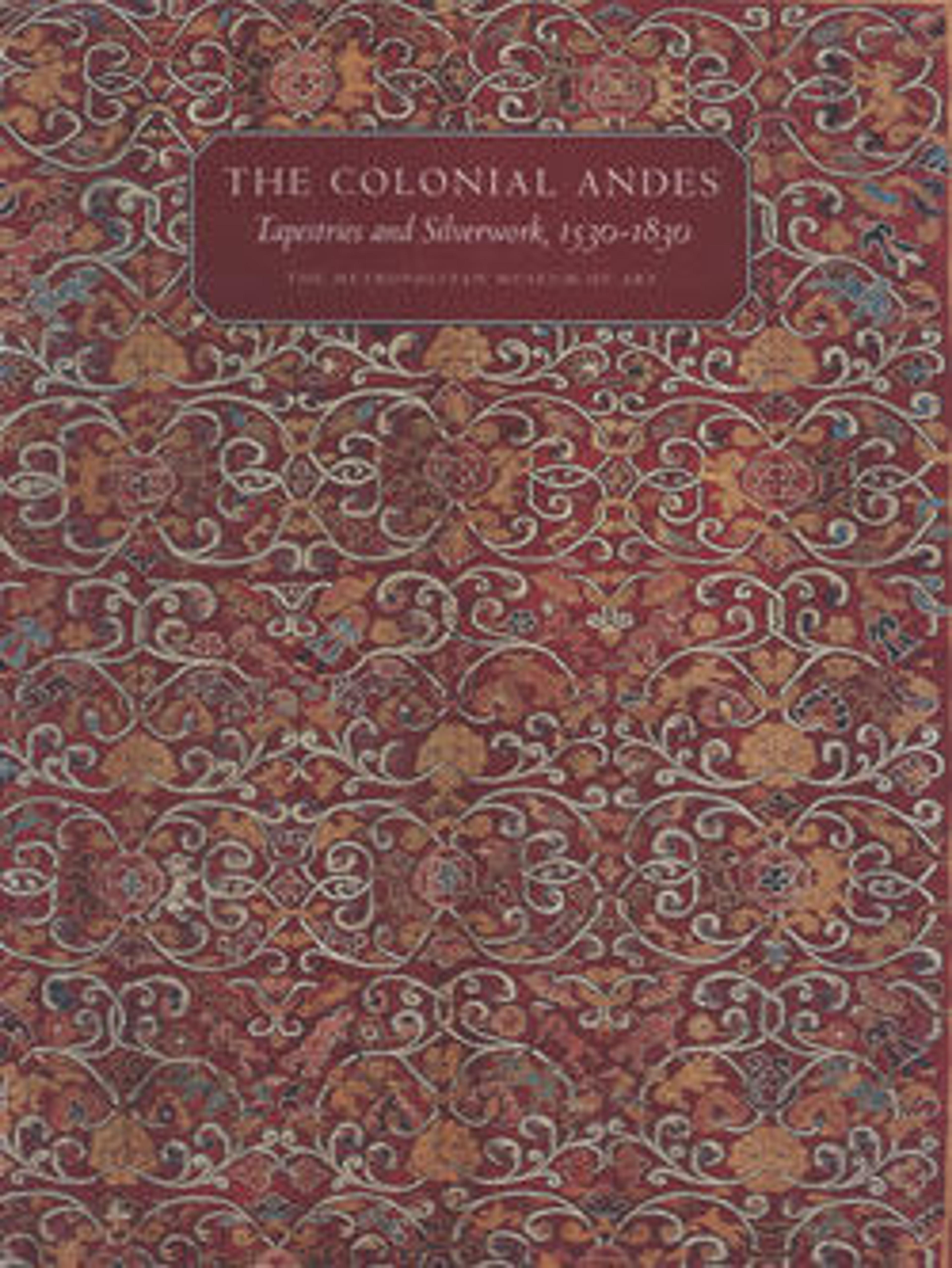Kero
Tumbler-shaped drinking vessels—called keros when made of wood and aquillas when made of gold and silver—were used in Peru to consume chicha (corn beer) for hundreds of years before the Inca came to power. During Inca times, they were made and used in pairs since custom required that two individuals drink together. Both vessels had the same size, shape, and decoration. To consolidate the relationship between local communities and the Inca state, toasts were exchanged during ceremonial occasions and pairs of keros, often together with fine textiles, were given to provincial leaders as a sign of Inca generosity.
As with other Inca works, kero production was state controlled and highly standardized, showing uniformity in size and decoration. The finely incised lines meet at angles to form a series of geometric shapes that can be read as squares, triangles, or diamonds. They are typically arranged in two to four horizontal registers, as seen on this cup. The upper register shows frontal faces rendered in a linear, geometric style characteristic of Inca aesthetics.
As with other Inca works, kero production was state controlled and highly standardized, showing uniformity in size and decoration. The finely incised lines meet at angles to form a series of geometric shapes that can be read as squares, triangles, or diamonds. They are typically arranged in two to four horizontal registers, as seen on this cup. The upper register shows frontal faces rendered in a linear, geometric style characteristic of Inca aesthetics.
Artwork Details
- Title: Kero
- Date: 15th–early 16th century
- Geography: Peru
- Culture: Inca
- Medium: Wood (escallonia ?)
- Dimensions: H. 5 3/4 in. (14.6 cm)
- Classification: Wood-Containers
- Credit Line: Bequest of Arthur M. Bullowa, 1993
- Object Number: 1994.35.11
- Curatorial Department: The Michael C. Rockefeller Wing
More Artwork
Research Resources
The Met provides unparalleled resources for research and welcomes an international community of students and scholars. The Met's Open Access API is where creators and researchers can connect to the The Met collection. Open Access data and public domain images are available for unrestricted commercial and noncommercial use without permission or fee.
To request images under copyright and other restrictions, please use this Image Request form.
Feedback
We continue to research and examine historical and cultural context for objects in The Met collection. If you have comments or questions about this object record, please contact us using the form below. The Museum looks forward to receiving your comments.
